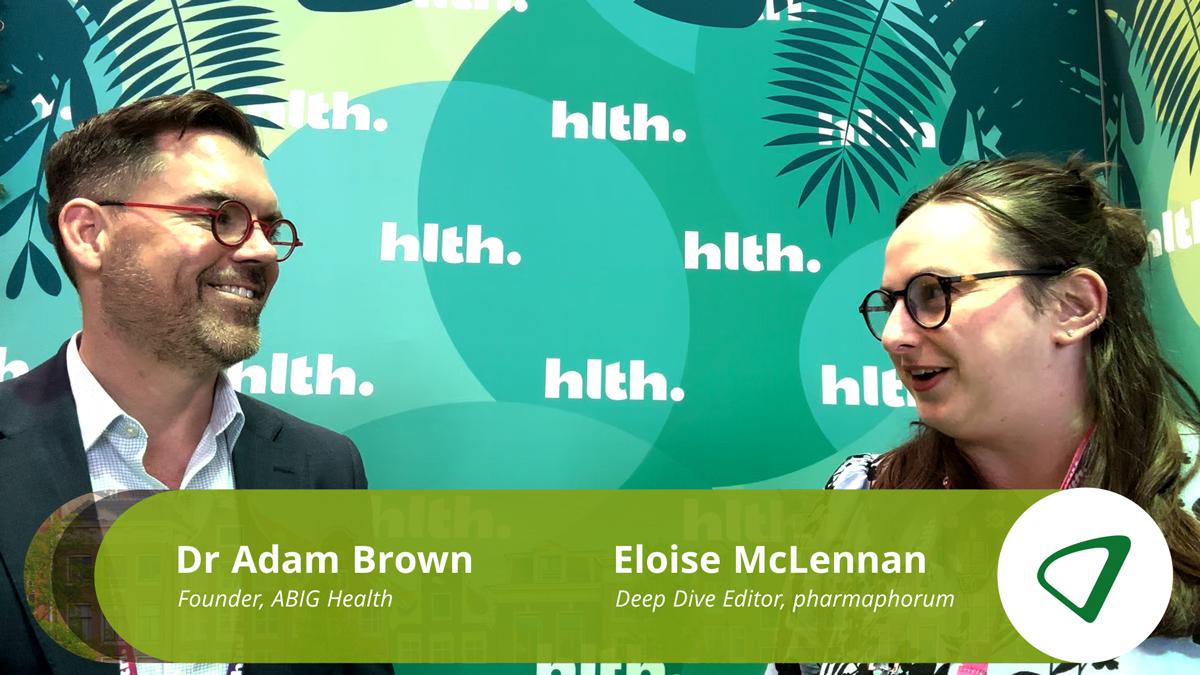Alexion buys rare diseases biotech Syntimmune for up to $1.2bn

Alexion is to buy rare diseases biotech Syntimmune and its experimental drug for a rare kind of anaemia, in a deal worth up $1.2 billion.
The companies have signed a deal where Alexion will pay $400 million up front, with milestone payments of up to $800 million.
Syntimmune develops antibody therapeutics targeting the neonatal FC receptor (FcRn), and its SYNT001, which inhibits the interaction of FcRn with Immunoglobulin G (IgG) and IgG immune complexes which could treat a number of rare immune-related diseases.
SYNT001 is currently in phase 1b/2a studies in patients with warm autoimmune haemolytic anaemia (WAIHA) and in patients with pemphigus vulgaris (PV) or pemphigus foliaceus (PF) and has demonstrated proof of mechanism showing rapid IgG reduction.
Boston-based Alexion enjoys blockbuster revenues thanks to Soliris, which is already approved in three rare diseases, notably paroxysmal nocturnal haemoglobinuria (PNH).
But Soliris is reaching the end of its patent life in the US and EU, where protection ends in 2021 and 2020 respectively.
Alexion is looking for new products that will replace the lost sales as rival companies including Amgen are trying to market cheaper near-copy biosimilars to steal market share once the legal protection expires.
It also hopes to squeeze more sales out of sales with a potential new indication – a rare disease anti-aquaporin-4 (AQP4) auto antibody-positive neuromyelitis optica spectrum disorder (NMOSD), following clinical trial results announced this week.
Alexion’s CEO Ludwig Hantson said: “The acquisition of Syntimmune represents a critical step in rebuilding Alexion’s pipeline and further diversifying the company’s clinical-stage rare disease portfolio.
“It offers a strong strategic fit with Alexion’s existing rare disease franchises and provides the opportunity to transform patient care in diseases like warm autoimmune haemolytic anaemia, where SYNT001 is the first, and currently the only, anti-FcRn therapy in clinical development.”













